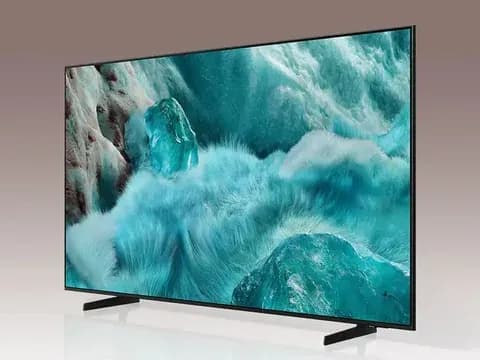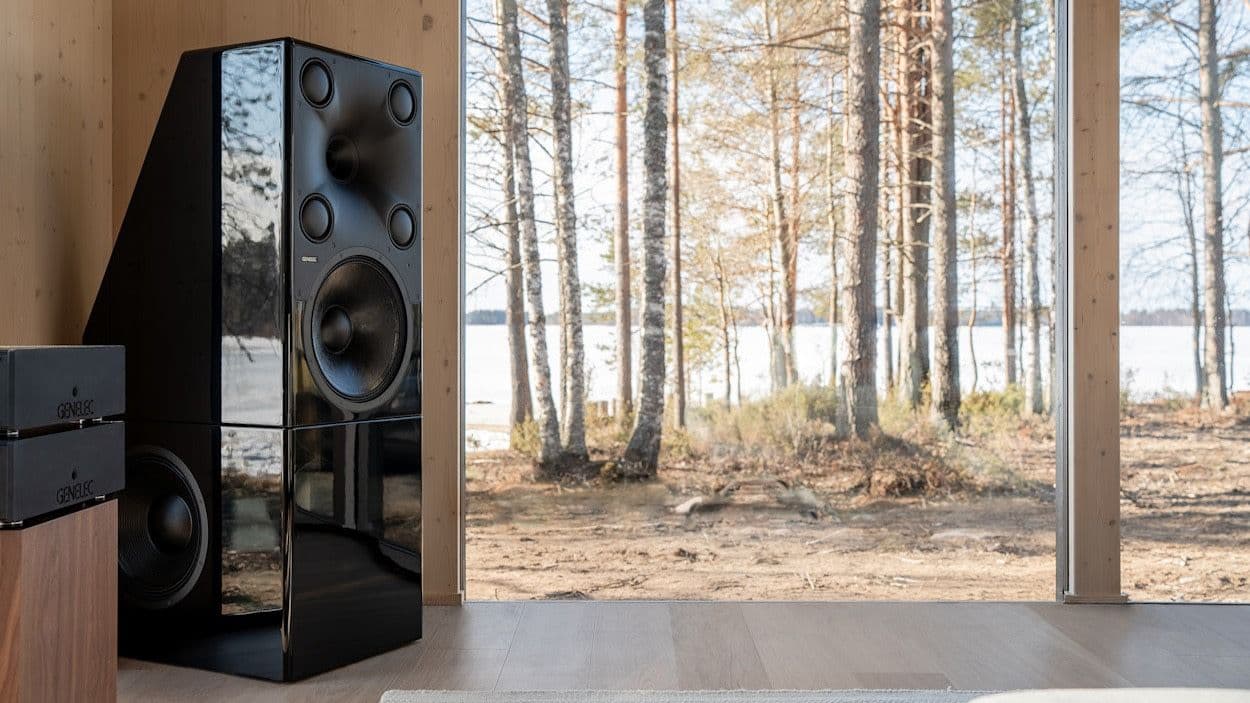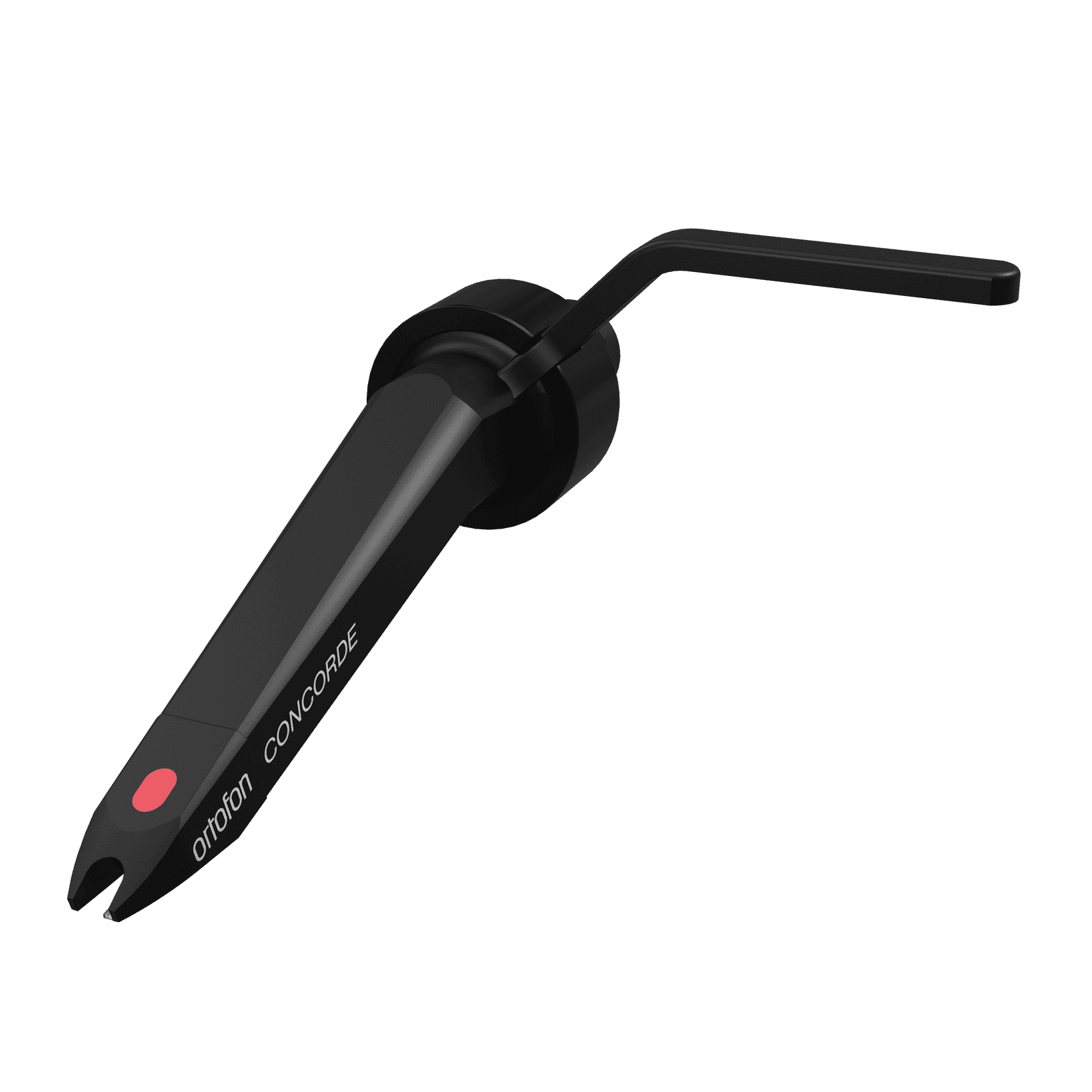The Luxman RX-103 is a stereo receiver introduced by Lux Corporation of Japan in 1982, designed primarily for export markets. Retailing for around $1000 at the time, the RX-103 was a significant move into the digital audio realm for Luxman. Uniquely styled, the receiver features a bizarre aesthetic that combines silver and black finishes with various knobs and digital displays. It produces 90 watts per channel and incorporates a range of advanced features including Computer Analyzed Tuning (C.A.T.), Duo-Beta amplifier technology, and fluorescent power meters. The front panel includes controls for power, speaker selection, memory presets, and a digital frequency display. The RX-103 offers station memory for up to 24 presets, allowing for quick access to preferred stations. One of its standout design elements is the ServoFace, which automatically extends and retracts the panel around the control knobs based on the power state of the unit, preventing accidental adjustments. The RX-103 uses a remote control that can manage various functions including input selection and volume control, and supports connections to compatible Luxman components. Capable of handling speaker impedances down to 2 ohms, it features advanced tone controls that adapt depending on how the bass and treble are adjusted. The Duo Beta amplifier circuit minimizes distortion and stabilizes output, delivering excellent sound quality. Overall, the RX-103 is recognized for both its performance and its distinctive, if polarizing, visual design.









